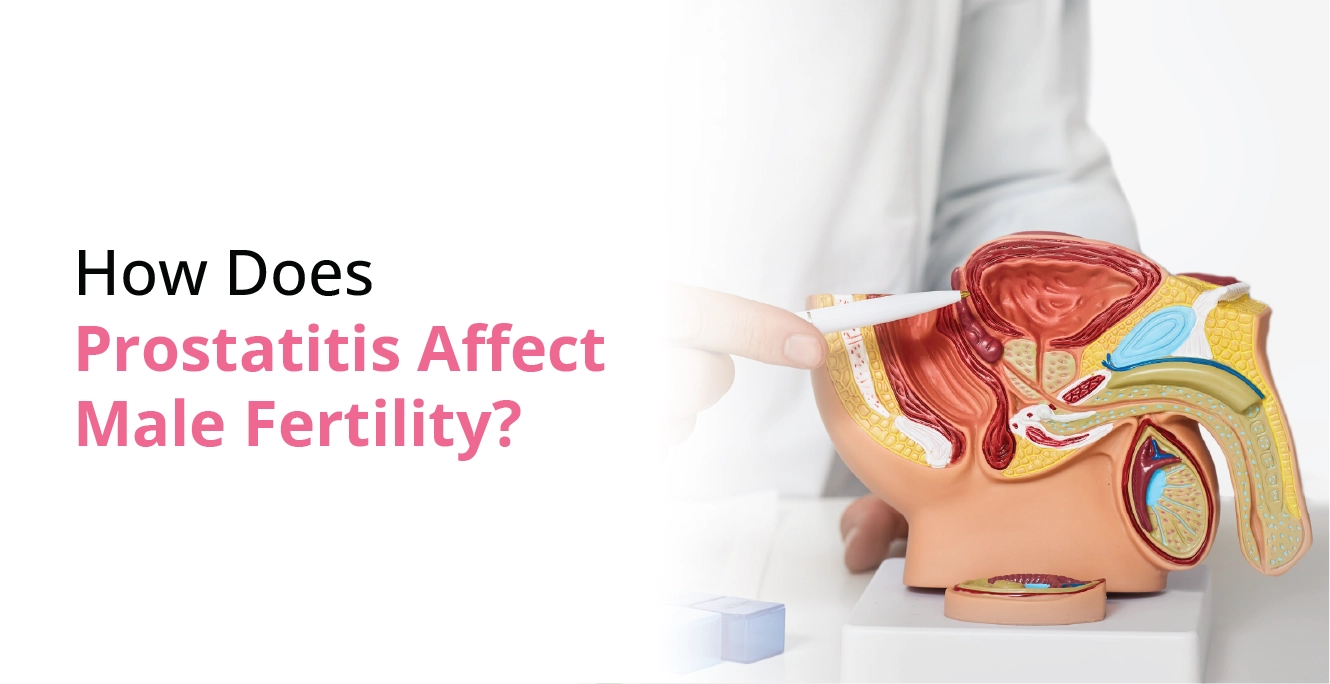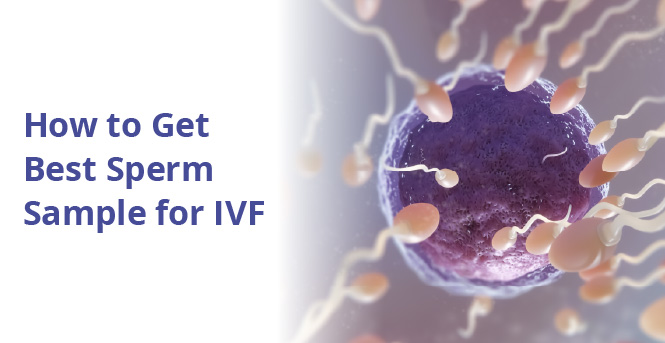
What is Hypospadias? – Causes & Symptoms

Table of Contents
- Types of Hypospadias
- Causes of Hypospadias
- Symptoms of Hypospadias
- Hypospadias Risk Factors
- Diagnosing hypospadias
- Hypospadias treatment and management
- Purpose of hypospadias surgery
- How to care for your child after hypospadias surgery?.
- Complications of Untreated Hypospadias
- Conclusion
- FAQs
- How successful is hypospadias surgery?
- Is hypospadias surgery painful for babies?
- How long is hypospadias surgery?
- Is hypospadias repair necessary?
- Is hypospadias curable?
- Is hypospadias surgery dangerous?
- Can hypospadias correct itself without surgery?
- Is hypospadias hereditary?
- At what age is hypospadias surgery best done?
- Will my child need multiple surgeries?
Hypospadias is a birth deformity seen in boys where the urethral opening, which is responsible for carrying urine and sperm, is not located at the tip of the penis but is positioned on the underside of the penis. This abnormal position of the opening can sometimes be below the tip of the penis; sometimes, it can be near the scrotum or somewhere in between.
If left untreated, hypospadias can lead to problems such as needing to sit while urinating or experiencing difficulties with sexual intercourse later in life. But usually, hypospadias does not lead to any life-threatening situation and can be successfully corrected by a surgical procedure.
Typically, having hypospadias does not necessarily mean that the urinary system or other organs will also have deformities, but sometimes, the baby may have congenital penile curvature, where the penis is curved along with hypospadias symptoms.
Types of Hypospadias
Doctors classify hypospadias into three main categories depending on where the urethral opening is found.
Distal Hypospadias
This is the most common and least severe form.
- Glanular/Balanic: The opening is located on the head of the penis but not exactly at the tip. Children usually urinate normally, though the stream may not be perfectly straight.
- Coronal: The opening is found at the edge of the glans, where the head meets the shaft. Urination can be slightly altered, but this type is still considered mild.
- Subcoronal: The opening lies just below the glans. Some boys may experience an abnormal spray of urine or need to sit to urinate.
Midshaft Hypospadias
Here, the opening is located somewhere along the penile shaft.
- Distal penile: The opening is higher up on the shaft but still closer to the head than the base.
- Midshaft penile: The opening appears in the middle section of the shaft. Curvature of the penis (chordee) may be noticeable.
- Proximal penile: The opening is close to the base of the shaft. This type is more severe and usually requires surgery for normal urinary and sexual function in adulthood.
Proximal Hypospadias
This is the most severe form, where the opening is far from the tip.
- Penoscrotal: The opening lies at the junction where the penis meets the scrotum.
- Scrotal: The opening is located within the scrotal sac. These cases often show significant curvature and are more complex to treat.
- Perineal: The rarest and most severe type, where the opening is found behind the scrotum near the perineum (area between the scrotum and anus). This usually requires staged surgical procedures.
Causes of Hypospadias
- Experts have not been able to find the exact causes of hypospadias yet. Nevertheless, hereditary, environmental, and hormonal factors are believed to result in its development.
- This means that the mother’s diet during pregnancy, the environment around her, or the medications she is taking can all influence the occurrence of hypospadias.
- Genetic factors can also cause hypospadias. Children of individuals who had it in their childhood have slightly increased chances of getting it. If the mother is obese or over 35 years of age, the child has a higher chance of developing the abnormality.
- Pre-pregnancy intake of hormones or taking them during pregnancy is also a risk factor. A baby born to a mother who is a smoker or exposed to pesticides may have an increased possibility of getting the condition.
- At around the 8th week of pregnancy, the development of the penis begins in the foetus. Any abnormality in the growth of the penis occurs between the 9th and 12th week of pregnancy.
Symptoms of Hypospadias
Boys with a mild abnormality sometimes do not show any symptoms. However, others may display the following signs of hypospadias:
- The urethral opening is positioned on the underside of the penis; it can be either below the head, midshaft, or near the scrotum.
- Babies with hypospadias symptoms can sometimes display a downward curve of the penis.
- In some boys, one or both of the testes are not fully descended into the scrotum.
- As the foreskin of the penis is not developed completely, the penis shows a hooded appearance.
- The urine stream is not straight and shows spraying of urine during urination. Some of the children need to sit to urinate.
Hypospadias Risk Factors
The exact cause of hypospadias is not fully understood, but certain risk factors have been linked to its occurrence:
- Family history: If a father or brother had hypospadias, the chances of the condition are higher.
- Genetic and hormonal factors: Abnormal responses to male hormones during foetal development may interfere with urethral formation.
- Maternal age: Women over 35 years have a slightly higher risk of having a baby with hypospadias.
- Fertility treatments: Use of assisted reproductive techniques has been associated with an increased incidence.
- Environmental factors: Exposure to certain medications, smoking, or endocrine-disrupting chemicals during pregnancy may contribute.
Diagnosing hypospadias
Hypospadias is usually diagnosed during the routine physical examination of the newborn baby boy while still in the hospital.
When your paediatrician notices this problem, they may refer you to a urologist for further management.
Hypospadias treatment and management
Hypospadias cannot be treated with medicines, and it does not improve on its own as the child grows. The abnormality can be corrected only by hypospadias surgery, typically scheduled when the child is between 6 and 12 months old, as it is safe to give your child anaesthesia at this time.
However, with technological advances, it can now be scheduled at an earlier age, as well. Your doctor will guide you regarding the appropriate age for your child to get the surgery done.
Purpose of hypospadias surgery
The goals of hypospadias surgery are to construct a new urethra and bring the opening of the urethra to the tip of the penis, to rebuild the foreskin, and rectify the shaft if it is curved. Once the procedure is over, you can take your child home.
Generally, hypospadias surgery is conducted as an outpatient procedure, and no stay is required in the hospital. However, the doctor may carry out the surgical repair in multiple stages for severe forms. As the doctors use the foreskin for repair, children with hypospadias symptoms should not be circumcised.
How to care for your child after hypospadias surgery?.
Surgery is usually recommended between 6 and 18 months of age, when healing is faster and the child has not yet developed body image concerns. Here are some tips for parents:
- Follow the doctor’s instructions carefully on medicines and wound care.
- Keep the surgical site clean and dry; change dressings as advised.
- Prevent tugging or pressure on the penis; avoid tight diapers or clothing.
- Give prescribed antibiotics and pain medicines on schedule.
- Watch urine flow through the catheter (if one is placed) and ensure it is not blocked.
- Avoid rough play or straddle toys (like walkers or tricycles) until healing is complete.
- Look for signs of complications like swelling, fever, pus, or difficulty urinating, and contact the doctor immediately if noticed.
- Attend all follow-up visits for monitoring healing and long-term function.
After surgery, most children are able to urinate in a straight stream and, later in life, have normal sexual function. In a small percentage of cases, further procedures may be required if complications such as narrowing of the urethra, fistula (a small hole leaking urine), or scarring occur. Regular follow-up visits help monitor healing and long-term outcomes.
Complications of Untreated Hypospadias
Leaving hypospadias untreated can lead to several problems, depending on severity:
- Difficulty urinating: Boys may need to sit down to pass urine due to an abnormal stream.
- Penile curvature: Severe chordee can affect erections and cause discomfort later in life.
- Cosmetic concerns: Visible abnormalities may affect self-esteem.
- Sexual difficulties: Curvature and abnormal opening may interfere with sexual activity.
- Fertility issues: In severe cases, the urethral opening is too far from the tip, making it difficult for sperm to enter the female reproductive tract.
Conclusion
Hypospadias is a common congenital anomaly seen in male newborns. It is repaired through hypospadias surgery and leads to complete respite from the condition.
You can visit CK Birla Hospital if your child has this condition to get him treated successfully. The doctors here are compassionate, and patient health is their topmost priority. The hospital is equipped with modern infrastructure, and the doctors are experts in using advanced surgical techniques for quick and complete recovery.
Book an appointment at Birla Fertility & IVF with Dr. Prachi Benara to get your baby’s problem treated.
FAQs
-
How successful is hypospadias surgery?
Hypospadias surgery is mostly successful and usually lasts a lifetime. The repaired penis is also able to adjust to the growth during puberty.
-
Is hypospadias surgery painful for babies?
Hypospadias surgery is done under general anaesthesia. The baby is asleep during the surgery and feels no pain or discomfort.
-
How long is hypospadias surgery?
Hypospadias surgery often takes anywhere from 90 minutes to 3 hours, and the baby goes home the same day. That said, in some complicated cases, the surgery is done in stages.
-
Is hypospadias repair necessary?
Yes, it is better to get the hypospadias repair done. It may result in difficulties in urination and reproduction if not corrected.
-
Does mild hypospadias require surgery?
Not always. Very mild forms, such as glanular hypospadias, may not cause urinary problems and can sometimes be left untreated.
-
Is hypospadias curable?
Yes. Surgery can correct both functional and cosmetic issues, and most boys grow up with normal urinary and sexual function.
-
What causes hypospadias in babies?
It happens when the urethra does not develop completely during pregnancy. Genetics, hormones, and maternal or environmental factors can play a role.
-
Is hypospadias surgery dangerous?
When performed by a skilled paediatric urologist, the surgery is generally safe. Minor risks such as infection, fistula, or narrowing may occur but are usually correctable.
-
Can hypospadias correct itself without surgery?
No. The condition does not improve on its own, and if required, only surgery can correct it.
-
Is hypospadias hereditary?
Yes, family history increases the likelihood. If a father or sibling had hypospadias, the chances are higher.
-
At what age is hypospadias surgery best done?
Doctors recommend surgery between 6 and 18 months of age for the best results.
-
Will my child need multiple surgeries?
Most children need just one surgery. However, severe or proximal forms may require staged or repeat surgeries for complete correction.
Our Fertility Specialists
Related Blogs
To know more
Birla Fertility & IVF aims at transforming the future of fertility globally, through outstanding clinical outcomes, research, innovation and compassionate care.
Had an IVF Failure?
Talk to our fertility experts

 Our Centers
Our Centers
















